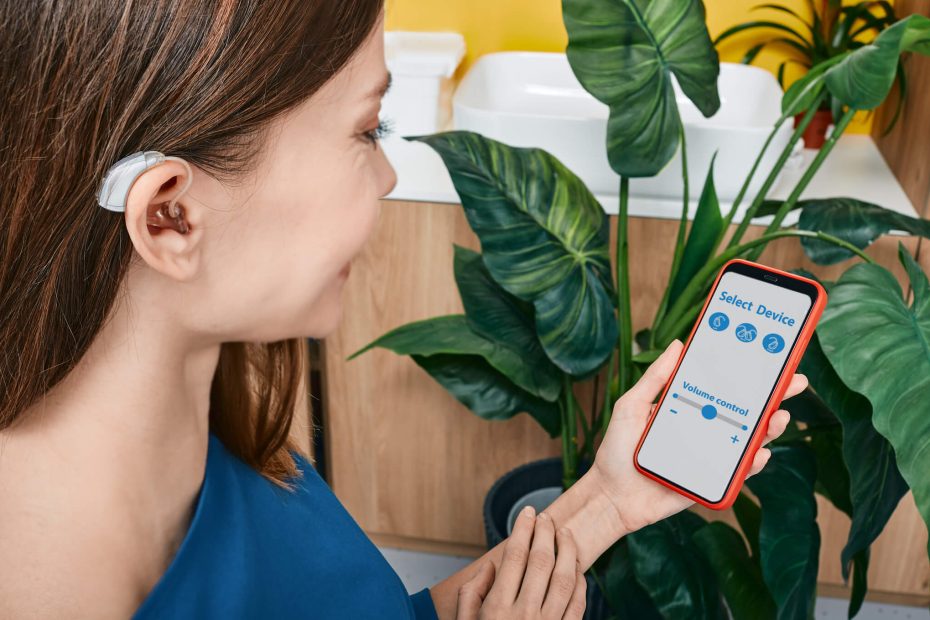The incorporation of machine learning into daily living has exponentially increased in recent years after the release of ChatGPT for public use. From generating digital artwork and creating personalized playlists to predicting medical outcomes and election results, artificial intelligence (AI) has taken up an indispensable role in improving the efficiency of our recreational and professional lives. With its broad implications in rehabilitation and language processing, AI might be the catalyst for expanding disability care and inclusion for people with hearing or speech impediments.
Half a million people in the United States primarily communicate using American Sign Language (ASL), and they face major language barriers every day. Since ASL is not universally understood, communication issues can hinder the independence of those experiencing hearing loss. Fortunately, there have been recent breakthroughs in harnessing machine learning to help people who are deaf communicate and connect with people who do not have experience with sign language.
Most AI sign language technology fall into two main categories: sensor gloves and camera visualization. Sensor gloves, also called data gloves, can track the hand movements of people signing and translate the movements in real time into spoken language. This idea was first prototyped in 2002 using a leather glove with 10 sensors that could translate the ASL alphabet, but it has since been expanded by other groups to recognize 50 words and 20 sentences with high accuracy [1].
On the other hand (or glove!), camera visualization tracks sign language hand movements without external gear. This has high potential in today’s digital and Zoom-dominated world, because the camera can directly capture and translate ASL for everyone in a meeting. Often, this technology is paired with an app interface to verbally translate in an in-person setting as well. For example, the app EasyTalk uses a hand gesture detector to capture hand movements, and it has translated signs from Sri Lankan sign language with 97% accuracy [2].
Similarly, artificial intelligence is also changing the field for those who have aphasia, which can cause difficulty speaking. A mobile application to provide patients who have aphasia with feedback on their speech has been created with high AI classification accuracy. The same researchers further developed the idea and made a system that can recognize and analyze aphasic speech for use by speech-language pathologists during therapy [3].
While machine learning has come far in providing tangible solutions for disability care, several limitations still bar the technology from regular use. Many sign-language technologies are limited to using the few phrases in which the machine learning model was trained, and there is still a long way to go before more comprehensive use. Also, aphasic speech processors require manually coded speech transcripts that are time consuming to create. However, as AI learning and outcomes have continually improved, I am sure it will reach its full potential to empower people with hearing and speech disabilities in the near future.
References
- [1] Wen, Feng, et al. “AI enabled Sign Language Recognition and VR Space Bidirectional Communication Using Triboelectric Smart Glove,” Nature Communications, 12.1 (2021): 5378
- [2] Kumar, D. Manoj, et al. “EasyTalk: A Translator for Sri Lankan Sign Language Using Machine Learning and Artificial Intelligence, 2020 Second International Conference on Advancements in Computing, Vol. 1, IEEE, 2020
- [3] Azevedo, Nancy, et al. “How Artificial Intelligence (AI) Is Used in Aphasia Rehabilitation: A Scoping Review.” Aphasiology (2023): 1–32
Related Content
- The Impact of Wearable Technologies on Health Research
- Equal Access for Trainees in the Wake of COVID-19
- ChatGPT in Medicine, Part 1 — Learning About the Differential Diagnosis
- “Digame”: Communication Beyond Language Barriers
Want to read more from the Johns Hopkins School of Medicine? Subscribe to the Biomedical Odyssey blog and receive new posts directly in your inbox.
